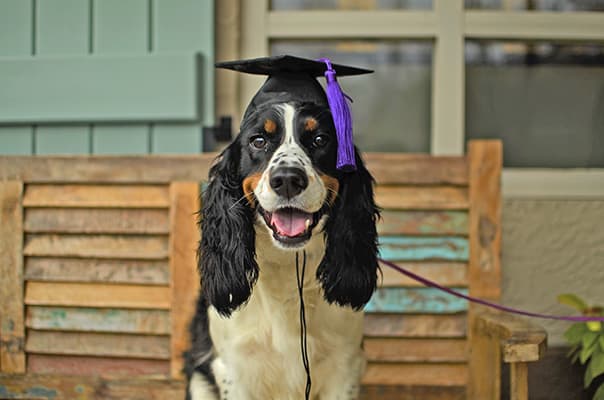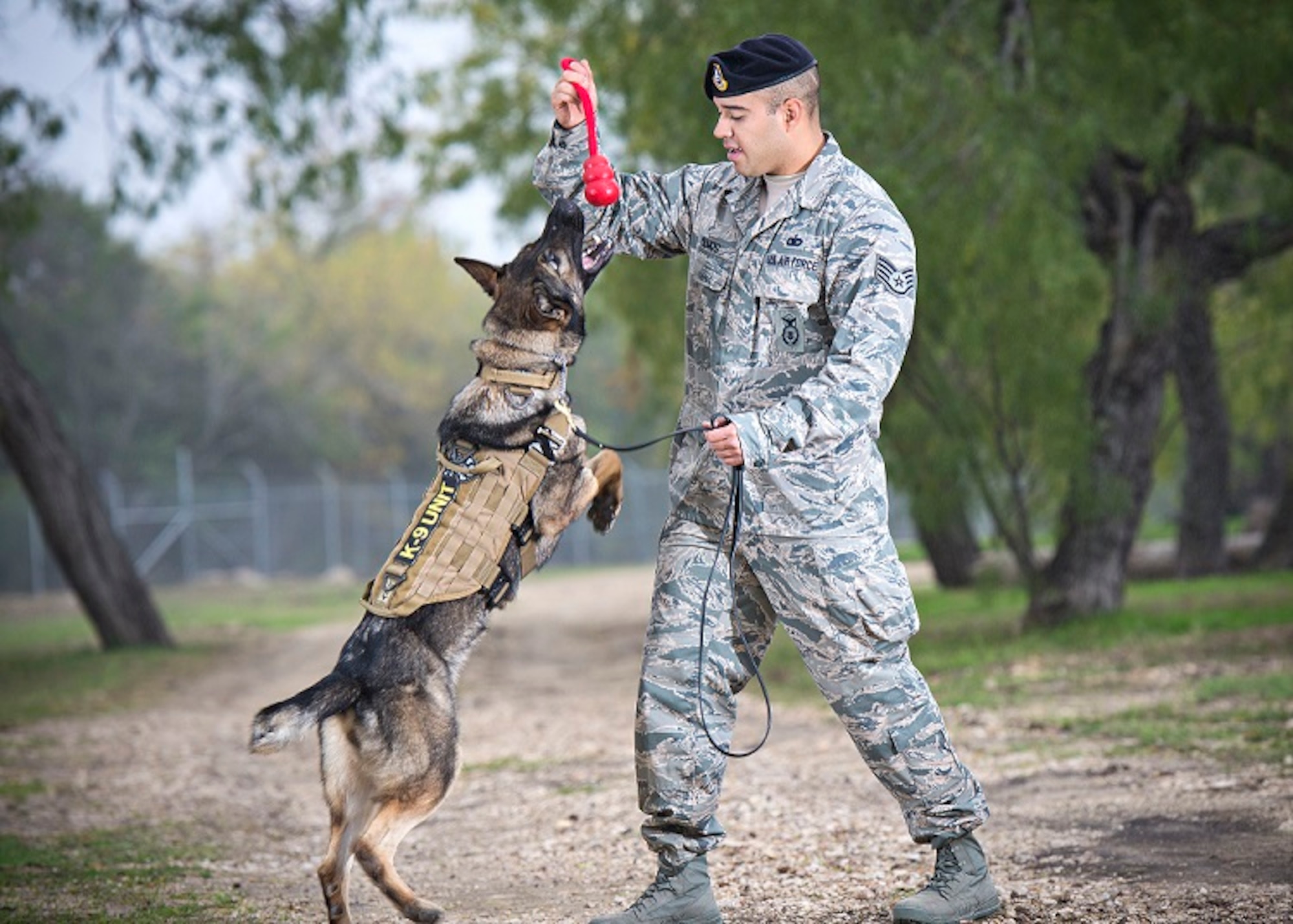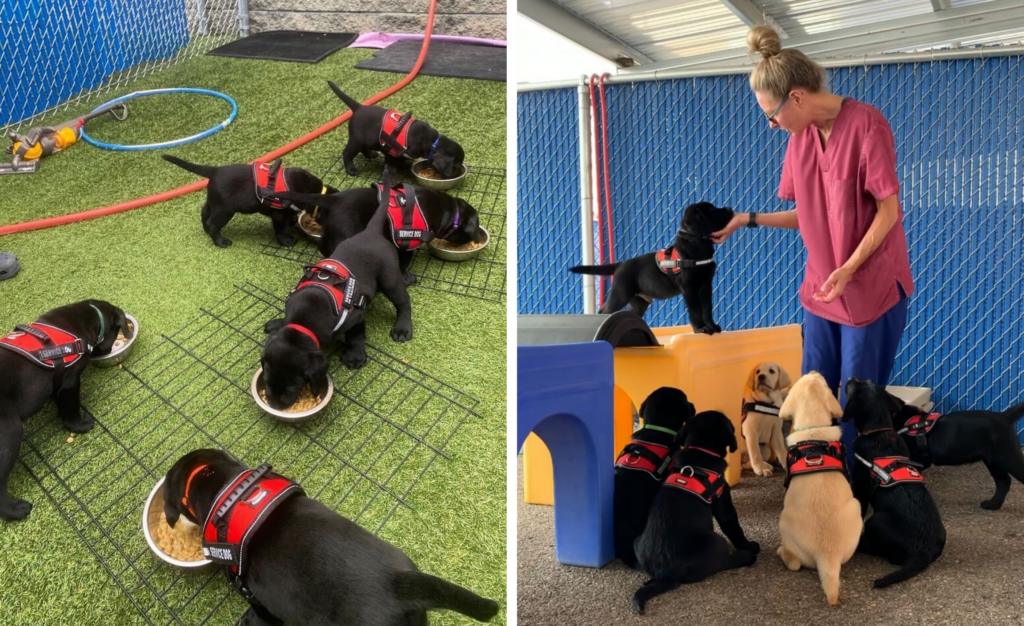Newbie's Guide to Effective Pet Dog Training at Home
Successfully educating a dog at home needs a nuanced understanding of canine habits and reliable communication methods. Establishing clear training goals, utilizing premium benefits, and maintaining uniformity across household participants are vital aspects. Integrating training right into day-to-day regimens can enhance both involvement and retention.
Comprehending Pet Dog Behavior
Comprehending dog behavior is vital for efficient training and promoting a harmonious connection between people and their canine buddies - Puppy Training. Pet dogs interact mostly through body movement, articulations, and faces, making it important for owners to analyze these signals precisely. Recognizing actions such as tail wagging, roaring, or cring can provide insights right into a canine's psychological state and objectives
Additionally, comprehending the all-natural impulses of canines, such as their pack way of thinking, aids proprietors develop management functions within the home. This is essential for creating a structured setting where pets really feel safe and are extra responsive to training. Dogs are also influenced by their socialization experiences; early direct exposure to various environments, people, and various other animals can substantially shape their actions later on in life.
Usual behavior problems, such as aggressiveness, anxiety, or excessive barking, typically stem from misconceptions or unmet requirements. Observing and addressing these concerns immediately can protect against escalation and guarantee a positive training experience. By promoting a deep understanding of pet habits, proprietors can customize their training approaches to match their canine friends, ultimately resulting in a contented and well-behaved animal.

Crucial Educating Tools
A well-equipped training room can significantly boost the efficiency of dog training in the house. Necessary training devices guarantee that both the trainer and the pet can participate in efficient sessions that promote understanding and bonding.

Buying a strong chain and a comfy, well-fitting collar or harness is vital for security and control. These tools help develop limits and ensure the pet continues to be safe during training. In addition, an assigned training area, devoid of distractions, help concentration for both the trainer and the pet dog.
Educating help such as training pads, cones, or dexterity tools can likewise improve the experience by presenting selection and obstacles. Having a note pad or digital application for tracking development can be indispensable, allowing you to keep in mind successes and areas for improvement. Making use of these crucial devices will certainly develop a positive training setting and lay the foundation for effective discovering.
Producing an Educating Routine
Developing a constant training from this source routine is crucial for reliable canine training in the house. A well-structured routine not just helps in enhancing desired actions but additionally supplies your dog with a feeling of safety and security and predictability. To develop an efficient training regular, begin by recognizing certain training goals, such as fundamental commands, leash strolling, or house-breaking.
Select a marked time daily for training sessions, preferably when your canine is responsive and sharp. Procedure must be short, roughly 5 to 15 mins, to maintain focus and prevent exhaustion. Consistency in timing and setting will certainly improve your canine's understanding experience.
Incorporate training right into daily tasks to strengthen abilities. Practice commands during walks or nourishment, which incorporates learning into natural routines. Furthermore, remain versatile and readjust the regular as essential, accommodating your canine's power levels and state of mind.
Favorable Support Strategies

When applying positive support, it is important to pick benefits that are encouraging for your canine. High-value deals with, such as small items of hen or cheese, can be especially reliable during training sessions. Furthermore, differing the benefits can preserve your pet's rate of interest and excitement.
Begin with simple commands, like "rest" or "remain," and gradually progression to extra complex tasks. Consistency is crucial; make certain that all relative utilize the exact same commands and benefit systems to avoid confusion.
Additionally, it is important to remain person and avoid disappointment. Dogs, like people, learn at their own speed. By cultivating a helpful training atmosphere via favorable reinforcement, you can boost your dog's discovering experience while enhancing the bond in between you and your hairy buddy, laying the groundwork for successful training end results.
Typical Educating Difficulties
While training a pet dog in the house can be a satisfying experience, it often features a set of common obstacles that can check both persistence and uniformity. One prevalent issue is interruption. Pet dogs might become quickly averted by sounds, motions, and even scents in their setting, making it difficult to maintain their focus during training sessions.
Another challenge is disparity in commands and reinforcement. If member of the family make use of various hints or benefits, it can puzzle the canine and hinder development. Establishing a unified strategy is essential for reliable interaction.
Additionally, dogs can experience frustration or stress, specifically if they do not recognize what is anticipated of them. This can cause unfavorable behaviors, such as barking or chewing.
Ultimately, the timing of reinforcement is crucial. Delayed rewards pop over to this site can reduce the effectiveness of positive support, as pets might fail to attach the actions with the benefit.
Overcoming these obstacles requires dedication, clear interaction, and an organized training strategy - Puppy Training. Identifying and attending to these common obstacles will certainly lead the way for a more satisfying and successful training experience in your home
Verdict
In verdict, successful canine training at home requires a thorough understanding of canine actions and reliable communication methods. By establishing clear training objectives and using top notch treats alongside positive reinforcement, the training procedure comes to be much more rewarding for both the instructor and the pet dog.
Developing a regular training regimen is essential for reliable dog training at home.Positive support methods are basic to effective canine training, advertising desired actions through incentives rather than punishment. By fostering a helpful training environment with positive reinforcement, you can enhance your canine's knowing experience while enhancing the bond between you and your furry buddy, laying the groundwork for successful training outcomes.
In final thought, successful canine training at home requires a detailed understanding of canine actions and efficient interaction strategies. By establishing clear training objectives and making use of premium treats alongside positive support, the training procedure becomes a lot more rewarding for both the trainer and the canine.